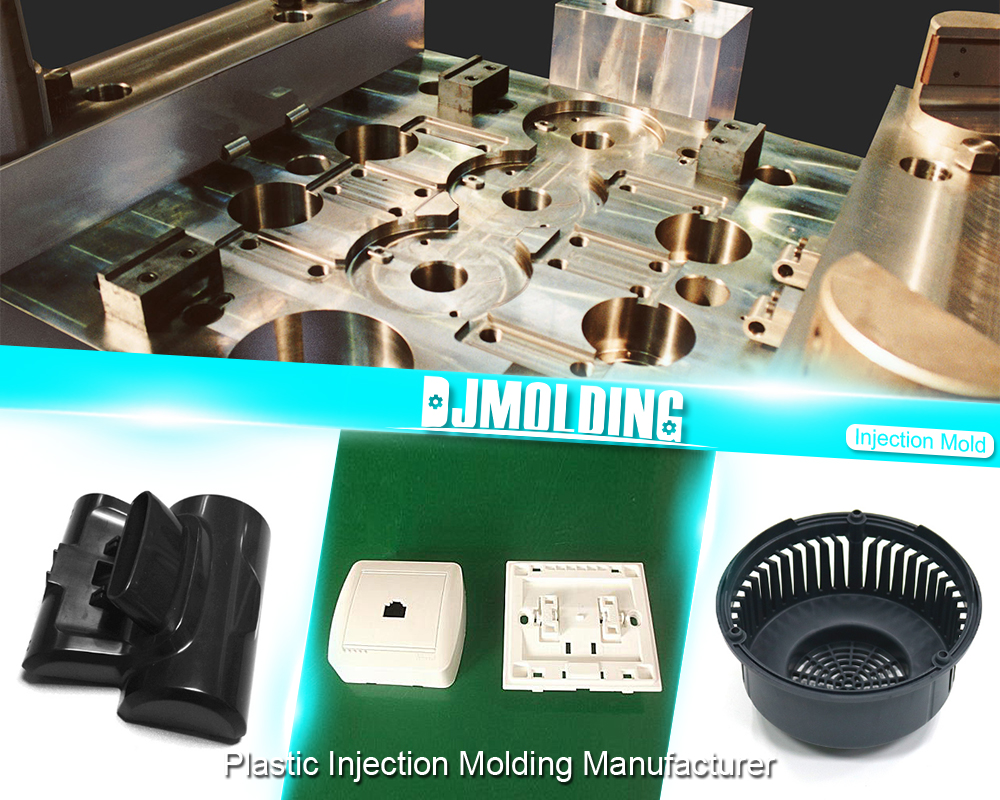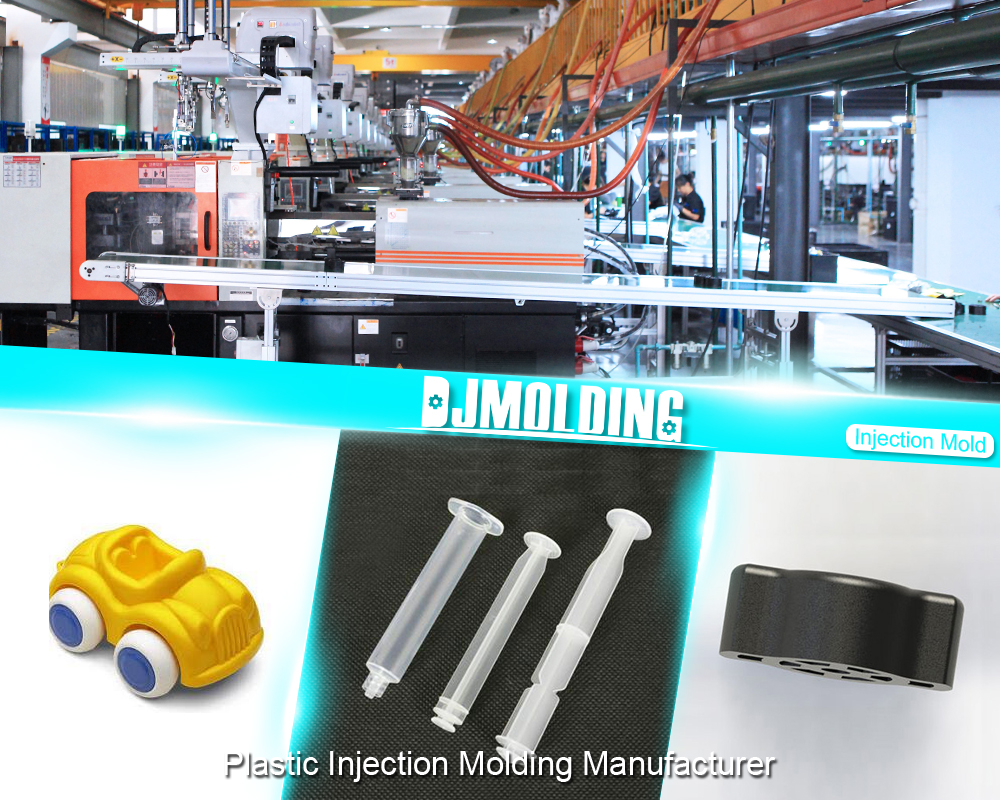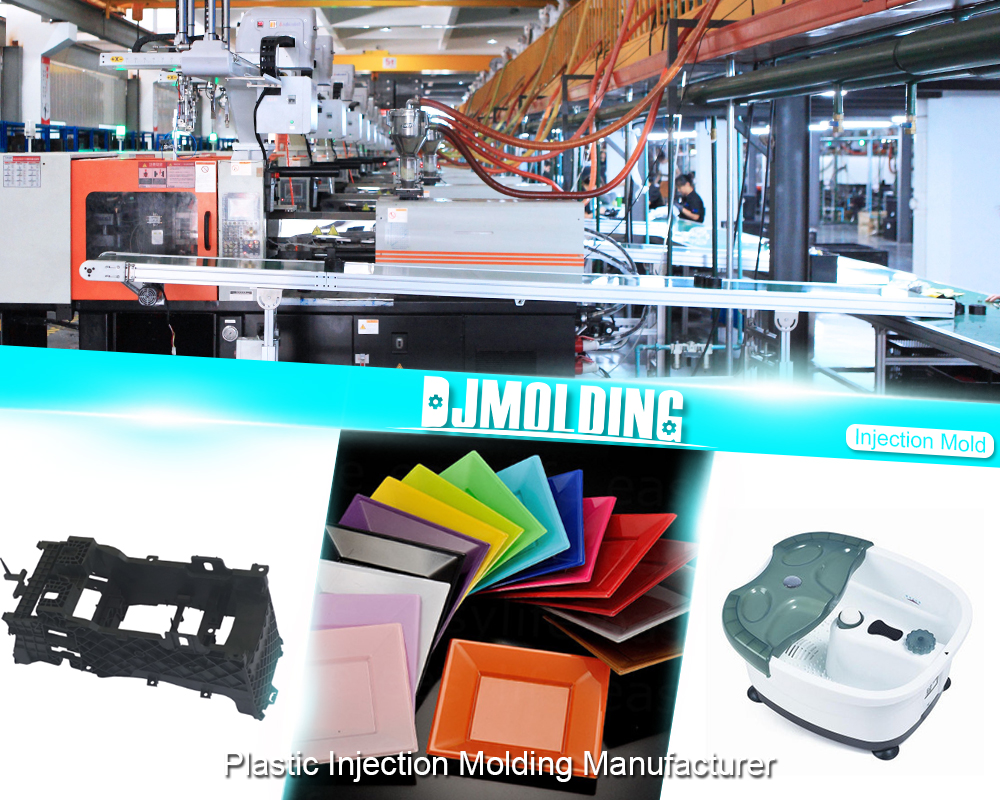Low-Volume Rapid Injection Molding With 3D Printed Molds For Plastic Parts Manufacturing Companies
Low-Volume Rapid Injection Molding With 3D Printed Molds For Plastic Parts Manufacturing Companies
Low-volume rapid injection molding is a process that makes producing small portions of plastic parts easy for startups and small businesses. Rather than using traditional, time-consuming injection molding methods usually tailored to high-volume manufacturing needs, this method allows you to save both money and time when it comes to low-volume projects like prototyping or product development. With it, you can ‘hit the ground running’ without wasting precious resources on excessive production numbers.

Advantages of Using 3D Printed Molds for Injection Molding
The advantages of using 3D-printed molds for injection molding are clear: cost-effectiveness, faster turnaround time, adaptability to design changes and customization, and reduced environmental impact.
Traditional injection molds can be expensive and take weeks or even months to make – a huge financial blow and waiting time nightmare for small businesses with limited budgets! An updated version in just days is achievable when you switch to 3D printing instead – that’s the upside right there.
Plus, customizing designs has always been challenging as no significant additional costs are incurred. What waste will you have? Not much because biodegradable and recyclable materials can be used here – sustainability goals achieved then!
It is definitely worth considering this approach if low-volume production suits your needs.
Materials Used for 3D Printed Molds in Injection Molding
When deciding what to use for 3D-printed molds, there are several options. Many of them are thermoplastics like ABS, PLA, and nylon that provide excellent heat resistance and strength – features beneficial for injection molding applications.
Even though the characteristics of 3D printed materials are similar to traditional injection molders’, they come with slight differences, such as sturdiness or surface finish, that must be taken into account when seeking a specific outcome from a product.
Furthermore, it would help if you thought about budget, market accessibility, and whether a material is oven-ready in terms of dealing with high temperatures & pressures endured during the process- without becoming damaged or worn down.
So, make sure to analyze every factor in order to select an optimal material that meets all requirements.
Design Considerations for 3D Printed Molds in Injection Molding
Crafting molds for injection molding using 3D printing tools demands close thoughtfulness to ensure the best part quality and optimal production efficiency. Here are some tried-and-true tips to keep in mind:
Wall thickness
Crafting a mold with just the right wall thickness is essential for an optimal cooling and filling period. If you make walls too thin, you could end up warping or deforming the part – but go too far on thickness, and it’ll take forever to cool off. Plus, your cycle time will skyrocket!
Draft angles
Draft angles are critical when it comes to crafting a well-made mold. That’s because they help make sure the part is removed smoothly – better than if you were trying to yank it out! Not only does this process prevent potential damage, but it also aids in speeding up production time and boosting efficiency.
Gate design
The gate is a significant element in the production process that shouldn’t be overlooked! Its design must enable molten plastic to stream into the mold cavity unhindered – otherwise, you run the risk of creating issues like air traps and sink marks. Getting that entry point just right is key for perfect plastic parts every time.
Venting:
Venting is vital to ensure that air and gases have a place to escape during injection molding. If it’s inadequate, you’re risking some serious consequences like voids and bubbles in the parts – talk about an utter disaster! Skimp on venting, and you can say goodbye to quality results.
Steps Involved in Low-Volume Rapid Injection Molding with 3D Printed Molds
The process of low-volume rapid injection molding with 3D-printed molds involves several steps:
Design and 3D printing of the mold
Designing the mold is step number one – and with CAD software, it’s achievable! After the design has been approved, 3D printing with just the suitable material transforms it into reality. Then, we treat it to a bit of post-processing for that smoothness and accuracy you can feel at your fingertips.
Mold preparation
Preparing that 3D-printed mold for injection is a breeze. Just slide some release agent all over it, and you’ll have no trouble getting your parts out. Then give it a snug fit on the injection molding machine – tight enough to make sure everything’s in place, but not too much that nothing can be done.
Injection molding process
The injection molding machine is prepped for the process – temperature and pressure are dialed in, and cycle time is set. Plastic material is then injected into the mold cavity with a ruthless force, filling it up and taking on its shape like paste to a cookie cutter. This unstoppable process goes off without a hitch.
Cooling and ejection
When the molten material has filled every nook and cranny of the mold, it’s time for things to cool down. Once cooled off and hardened, they’re ready to be scrapped – no pin can keep them trapped now! With a sudden force released by its ejector apparatus, it pushes out the finished product from its snug home in the mold.
Quality Control Measures for Low-Volume Rapid Injection Molding with 3D Printed Molds
Keeping quality top-notch is key when doing low-volume rapid injection molding– after all, we need those parts to be up to spec! Some basic ways of making sure that happens are:
Inspection and testing
Regularly inspecting and testing injection molded parts is an absolute must in order to pick up on any niggling issues that don’t meet the desired specs. Eyeing them, taking measurements, and running through some tests — it’s all part of the process. Keeping a close watch during these inspections will help ensure everything runs smoothly.
Process monitoring
It is absolutely critical to keep an eye on injection molding process parameters like temperature, pressure, and cycle time – it’s all in the name of making sure we get that same quality product every single time. Variations from what was set have got to be detected and put right without delay to protect the integrity of our parts.
Material selection
When it comes to 3D printing, material selection could make or break your product. That’s why you always have to pick the right one – it has to be up for the job and stand up to some heat, hold its shape even when the pressure is on, and last through all those exacting injection molding cycles unscathed. It’s no small task – but choose wisely, and you’ll reap the rewards of a finished part with superior quality.
Mold maintenance
Taking good care of your 3D-printed mold is crucial for keeping it running smooth and making sure that the final product you’re aiming for meets quality standards. That’s why it’s essential to clean it regularly, lube up its components, and inspect everything so as to spot any possible defects or wear before they can affect production. By taking these preventive measures, you’re ensuring a long-lasting service life for your precious asset.

Conclusion
So, all in all, 3D-printed molds are just the ticket for small companies and startups that need to produce low volumes of any number of products. With deep pockets, unnecessary, faster turnaround times than with traditional injection molds, plus room for plenty of design adjustments – not to mention significantly reduced waste- it’s clearly an option worth considering.
For more about the low-volume rapid injection molding with 3d printed molds for plastic parts manufacturing companies,you can pay a visit to Djmolding at https://www.djmolding.com/best-top-10-plastic-injection-moulding-manufacturers-and-companies-in-uk-and-europe-for-plastic-parts-manufacturing/ for more info.




